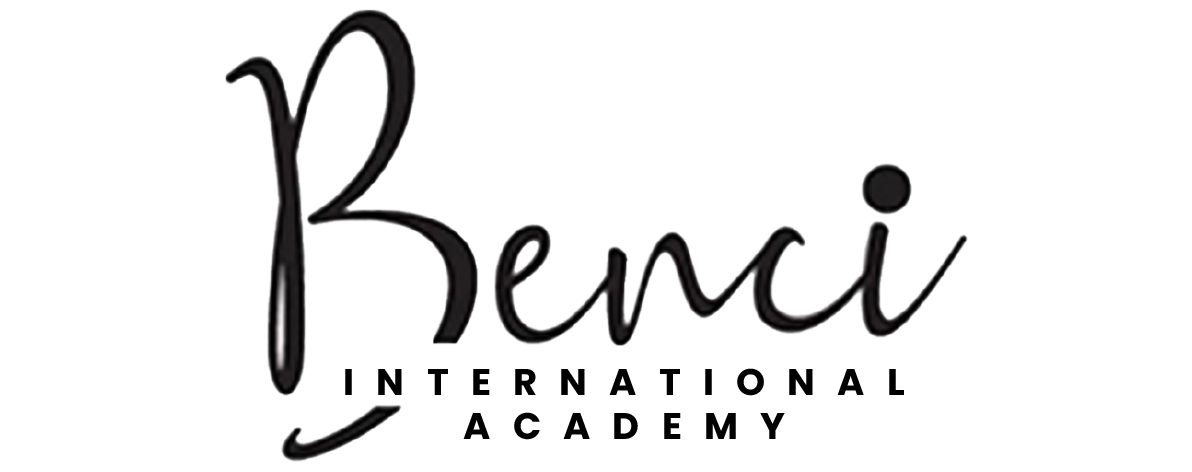Color theory is a fundamental concept in the world of makeup artistry. It serves as the foundation for creating harmonious and visually appealing makeup looks. Understanding how colors interact, blend, and complement each other is essential for makeup artists. In this article, we will delve into the principles of color theory and highlight its significance in the field of makeup artistry.
The Basics of Color Theory
Color theory is a comprehensive framework that explores the relationships between colors. It helps artists use color effectively to convey emotions, create balance, and achieve desired effects in their work. To grasp the importance of color theory in makeup artistry, let’s explore its key components:
- Primary Colors: These are the basic colors that cannot be created by mixing other colors. In traditional color theory, primary colors include red, blue, and yellow.
- Secondary Colors: Secondary colors are produced by mixing two primary colors together. The secondary colors are green (from blue and yellow), orange (from red and yellow), and purple (from red and blue).
- Tertiary Colors: Tertiary colors are created by mixing a primary color with an adjacent secondary color. For example, mixing red (a primary color) with orange (a secondary color) results in red-orange.
- Complementary Colors: Complementary colors are pairs of colors that are opposite each other on the color wheel. They create contrast and can make each other appear more vibrant when placed together.
- Warm and Cool Colors: Colors are often categorized as warm or cool. Warm colors (e.g., red, orange, yellow) convey energy and warmth, while cool colors (e.g., blue, green, purple) evoke calmness and serenity.
The Significance of Color Theory in Makeup Artistry
Understanding color theory is crucial for makeup artists for several reasons:
- Choosing Flattering Shades: Makeup artists use color theory to select makeup shades that enhance their clients’ natural features. By identifying undertones in the skin, artists can determine which colors will complement and harmonize with the client’s complexion.
- Creating Balance: Color theory helps makeup artists achieve balance in their makeup looks. They can use complementary colors to accentuate certain features or create contrast to draw attention to the eyes, lips, or cheekbones.
- Correcting and Concealing: Makeup artists use color theory to correct imperfections. For example, green concealer can neutralize redness, while peach or orange concealer can counteract dark circles under the eyes.
- Emphasizing Eye Color: Makeup artists often choose eyeshadow colors that enhance the natural color of the client’s eyes. This selection is based on the principles of complementary colors to make the eyes appear more vibrant.
- Creating Thematic and Artistic Looks: In fashion and editorial makeup, color theory allows makeup artists to create thematic and artistic looks that convey specific emotions or concepts. Understanding how colors evoke certain moods is essential for these creative endeavors.
Resources for Learning Color Theory in Makeup Artistry
If you’re an aspiring makeup artist looking to deepen your understanding of color theory, consider enrolling in courses or workshops. The Benci International Academy (https://benciinternationalacademy.com/) may offer programs that cover color theory as part of their comprehensive makeup artistry curriculum. Additionally, you can explore online resources, books, and tutorials dedicated to color theory in makeup.
Conclusion
Color theory is an invaluable tool for makeup artists, enabling them to create stunning and harmonious makeup looks that enhance their clients’ natural beauty. By mastering the principles of color theory, makeup artists can select the right shades, correct imperfections, and achieve artistic and thematic makeup designs. Whether you’re pursuing a career in bridal makeup, fashion, or editorial makeup, a solid understanding of color theory is essential for success in the field of makeup artistry.



